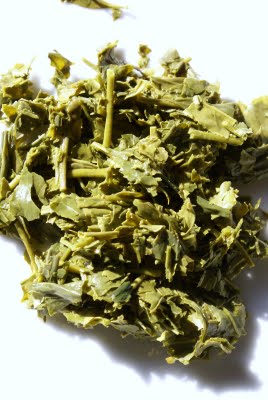(7) 2008 Takamado Kabusecha
2008 Gyokuro Kame-Jiru-Shi (O-Cha)
2008 Gyokuro Tama Homare (Marukyu)
2008 Karigane Otowa (Marukyu)
2008 Sencha Miyabi (O-Cha)
2009 Shincha Fukamushi Supreme (O-Cha)
2009 Shincha Shigaraki (Marukyu)
2009 Shincha Shuei (Marukyu)
2009 Shincha Uji Gold (Marukyu)
2009 Shincha Yutakamidori (O-Cha)
Great thanks to readers who are enduring this Japanese tea marathon. We are done with sencha / shincha for now but a few more reviews are pending for other tea types. Here’s one that you don’t see often: kabusecha. Tea geeks will know it’s a style midway between sencha and gyokuro: the tea trees are shaded during the last stage of vegetation but for a shorter period than real gyokuro (days instead of months). The result is a tea that’s heftier than gyokuro but having less catechins, is less grassy and pungent than sencha. An intermediate style that’s rarely seen on sale, it is a by-product of gyokuro for some, and a distinctive tea category for others.
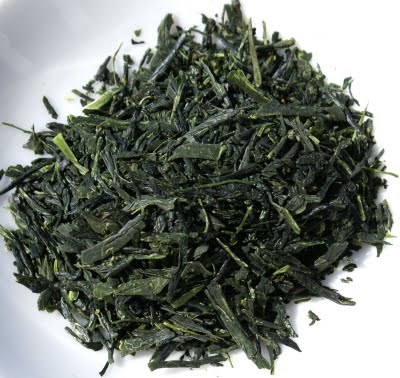
Marukyu-Koyamaen are selling this 2008 Takamado Kabusecha for ¥1,100 / 90g can. The dry leaf has that nice dark green colour of good quality Japanese green tea, with a bit more fragmentation than in the recently reviewed sencha from Marukyu. It’s actually looking more like gyokuro than sencha to my taste, though the leaves are larger. The aroma is quite distinctive. There’s none of the intense sweet fruit of sencha, instead the profile is very vegetal (almost spicy) ranging from olive oil to spinach.
Infusion no. 1 (60 seconds at 70C): a light colour typical of a low-steamed [asamushi] tea.
We find the latter scent again in the infused leaves: boiled spinach. Brewed sencha style (2g of leaf / water @ 70C / 1 minute steep) the flavour register is consistent with the leaf aroma: very green and vegetal, without the top citrusy notes of sencha, and not exactly ‘milder’ as people often define kabusecha. A bit of kick on the finish. Good length and an overall impression of cleanliness and very good leaf material. There’s very little bitterness even when brewed at higher temperatures, although it’s really a simple tea with no great depth.
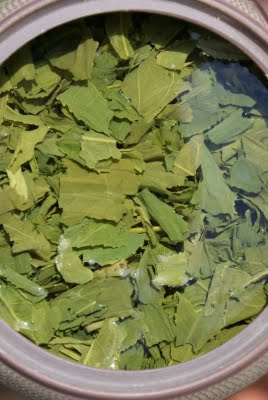
Spent leaves show low steaming and good quality: whole and wholish leaves, no fannings.
I’ve juggled a bit with the variables here. Kabusecha being mid-way into gyokuro territory, you’re naturally tempted to brew it like the latter. While there’s reasonable texture and a kiss of umami to be obtained, this tea just lacks the guts to benefit much from higher dosage and longer infusions. On the other hand, brewing at 80C and 2–3 minutes results in a pervasive seaweedy vegetality and an almost matcha-like powderiness that shows a bit of 2008 staleness, so I don’t recommend that. It’s at its most satisfying and distinctive brewed as in the tasting note above. And it’s one tea that IMHO benefits most from a Tokoname kyusu pot, with the rough vegetal edges rounded off a bit and some extra creaminess to the texture added.
As mentioned, this is a simple, one-dimensional tea with not a lot of content, plus it’s clearly going down as a 2008. That being said, it is very good quality as all Marukyu offerings IME, is really inexpensive, and makes a fine change from your daily sencha.
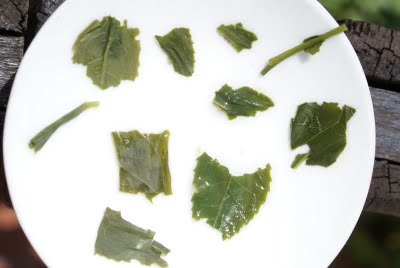


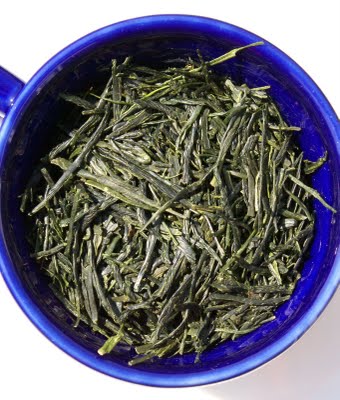 We are on totally different territory than the trio of O-Cha releases reviewed in the last few days (see links at top of post). This is very definitely an asamushi [short-steamed] tea, and the leaves are impeccable, dark emerald in colour, 100% intact, almost exclusively whole. It’s a rare sight among Japanese teas. It has an enjoyable aroma, rather light and elegant, sweet (melon), ungrassy but vaguely reminiscent of spinach, very lightly roasted; compared to the other 2009 shincha teas reviewed in this series, this Uji Gold introduces a sweet-spicy note of vanilla.
We are on totally different territory than the trio of O-Cha releases reviewed in the last few days (see links at top of post). This is very definitely an asamushi [short-steamed] tea, and the leaves are impeccable, dark emerald in colour, 100% intact, almost exclusively whole. It’s a rare sight among Japanese teas. It has an enjoyable aroma, rather light and elegant, sweet (melon), ungrassy but vaguely reminiscent of spinach, very lightly roasted; compared to the other 2009 shincha teas reviewed in this series, this Uji Gold introduces a sweet-spicy note of vanilla.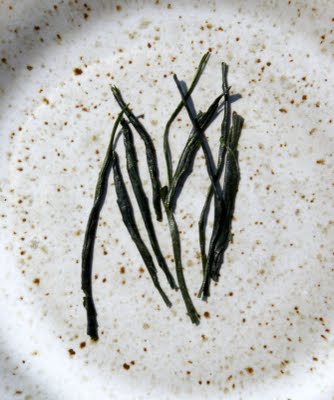 The dry leaf tells a lot about this tea’s characteristics and pretty much preannounces the ups and downs of actually brewing it. As much as I am aesthetically admirative of the leaf quality here, it’s a difficult tea to interpret. It has little to do with Japanese sencha as we know it. Brewed with standard parameters (2g / 120ml / water at 70C / 60–90 seconds) this yields a light greenish-golden colour, and the profile is very close to a continental Chinese green tea. Light-bodied, unpungent, vegetal (in the sense of green beans and spinach, not the more usual grass), with little fruit (melon); only a very minor reminiscence of brothy umami. This profile continues through the second brewing (where Japanese greens usually pack in more oomph). Perhaps a bit of creaminess to the texture (egg custard).
The dry leaf tells a lot about this tea’s characteristics and pretty much preannounces the ups and downs of actually brewing it. As much as I am aesthetically admirative of the leaf quality here, it’s a difficult tea to interpret. It has little to do with Japanese sencha as we know it. Brewed with standard parameters (2g / 120ml / water at 70C / 60–90 seconds) this yields a light greenish-golden colour, and the profile is very close to a continental Chinese green tea. Light-bodied, unpungent, vegetal (in the sense of green beans and spinach, not the more usual grass), with little fruit (melon); only a very minor reminiscence of brothy umami. This profile continues through the second brewing (where Japanese greens usually pack in more oomph). Perhaps a bit of creaminess to the texture (egg custard).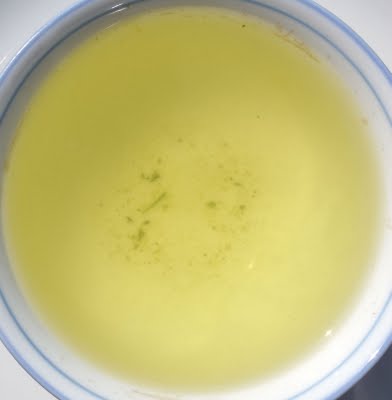
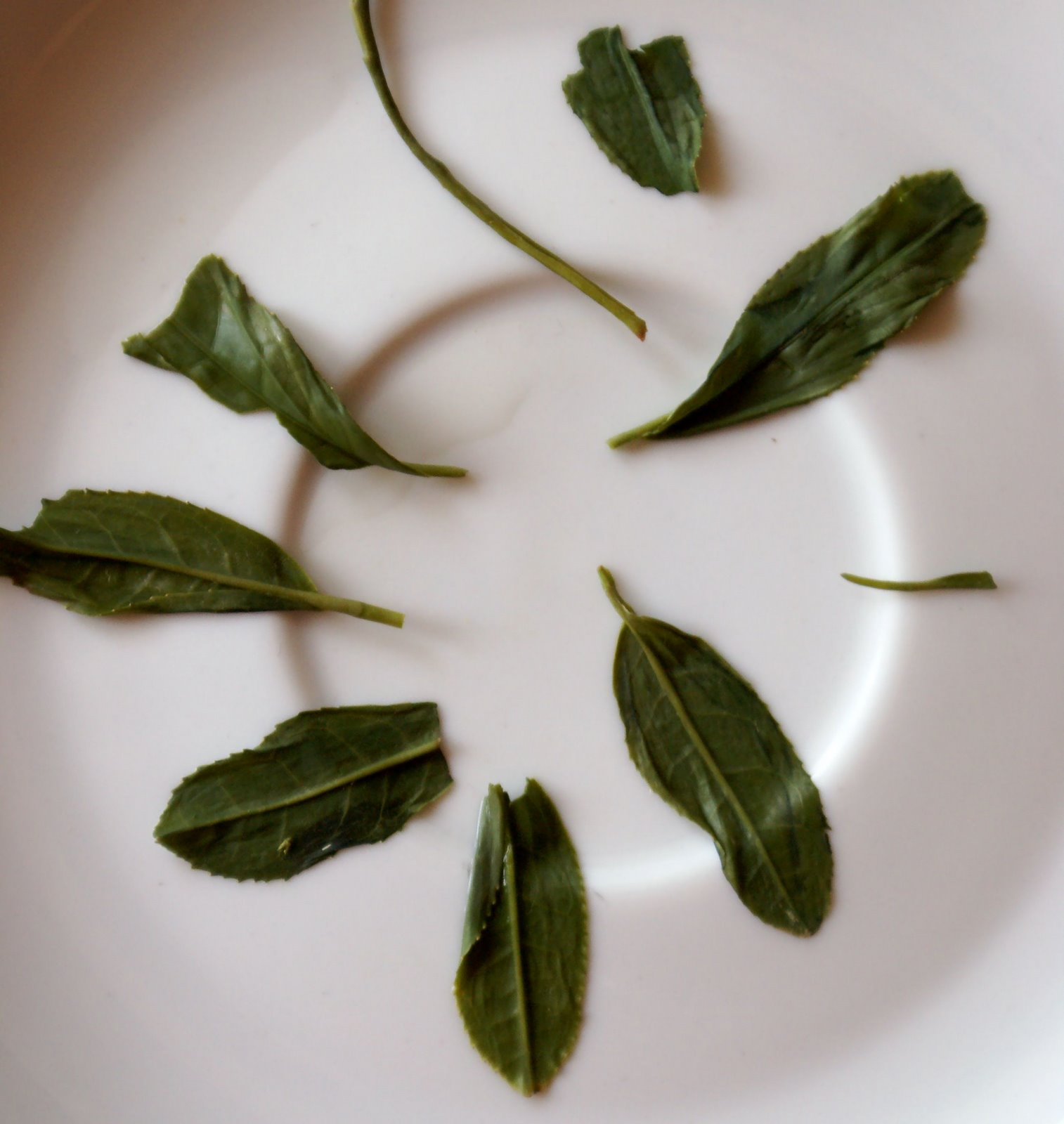
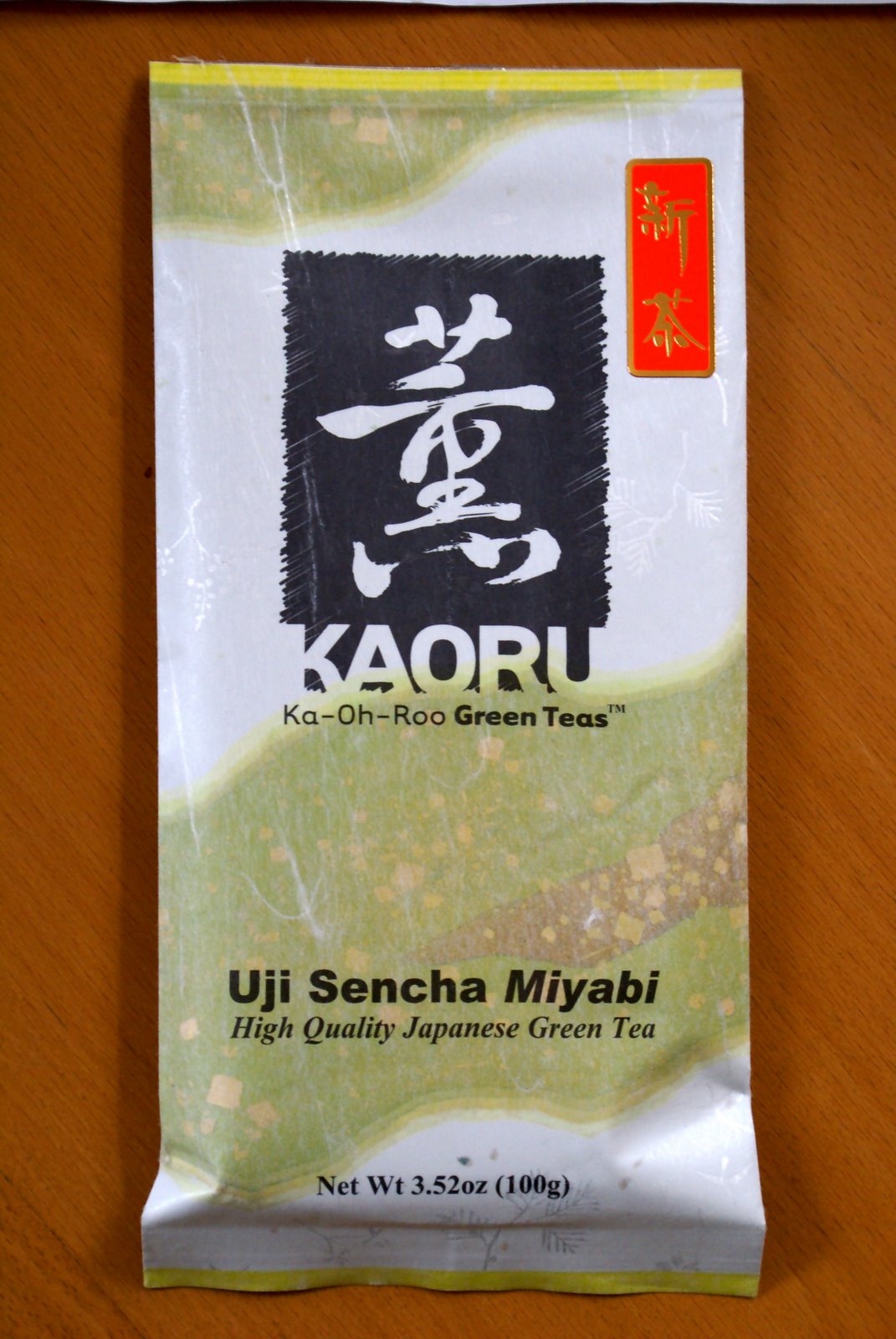
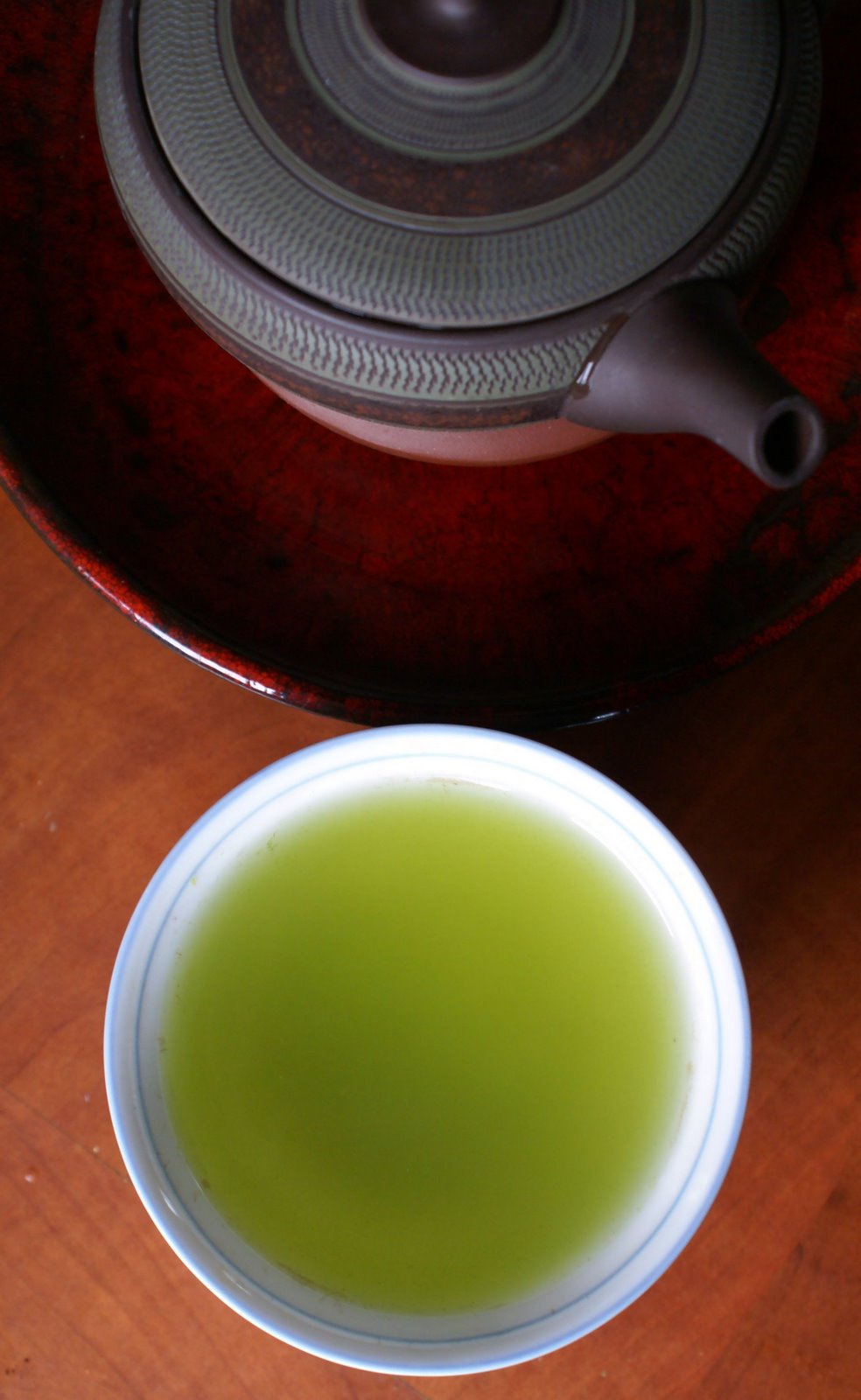
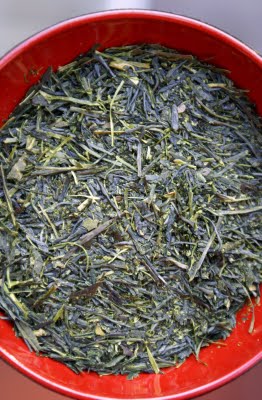
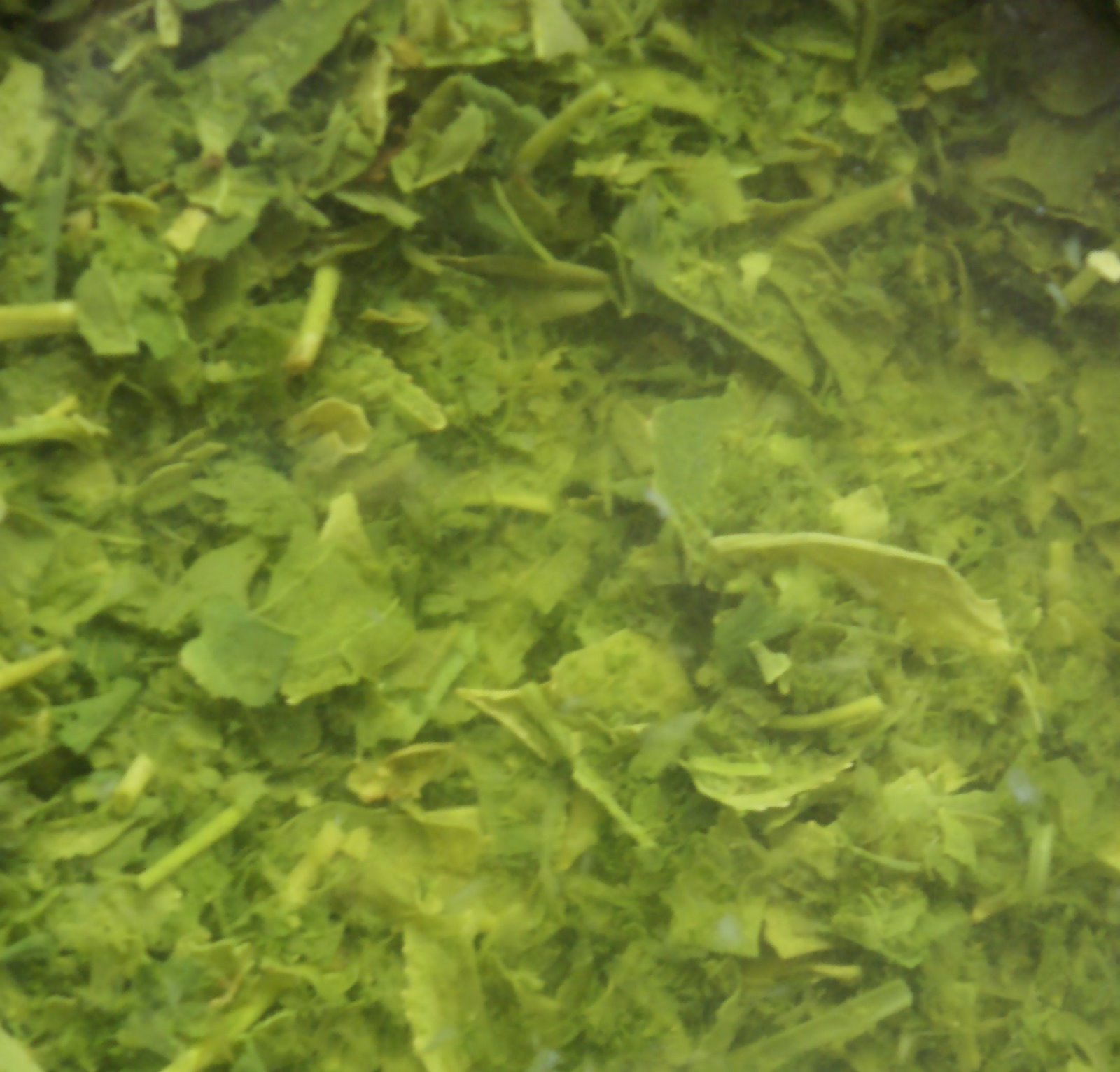
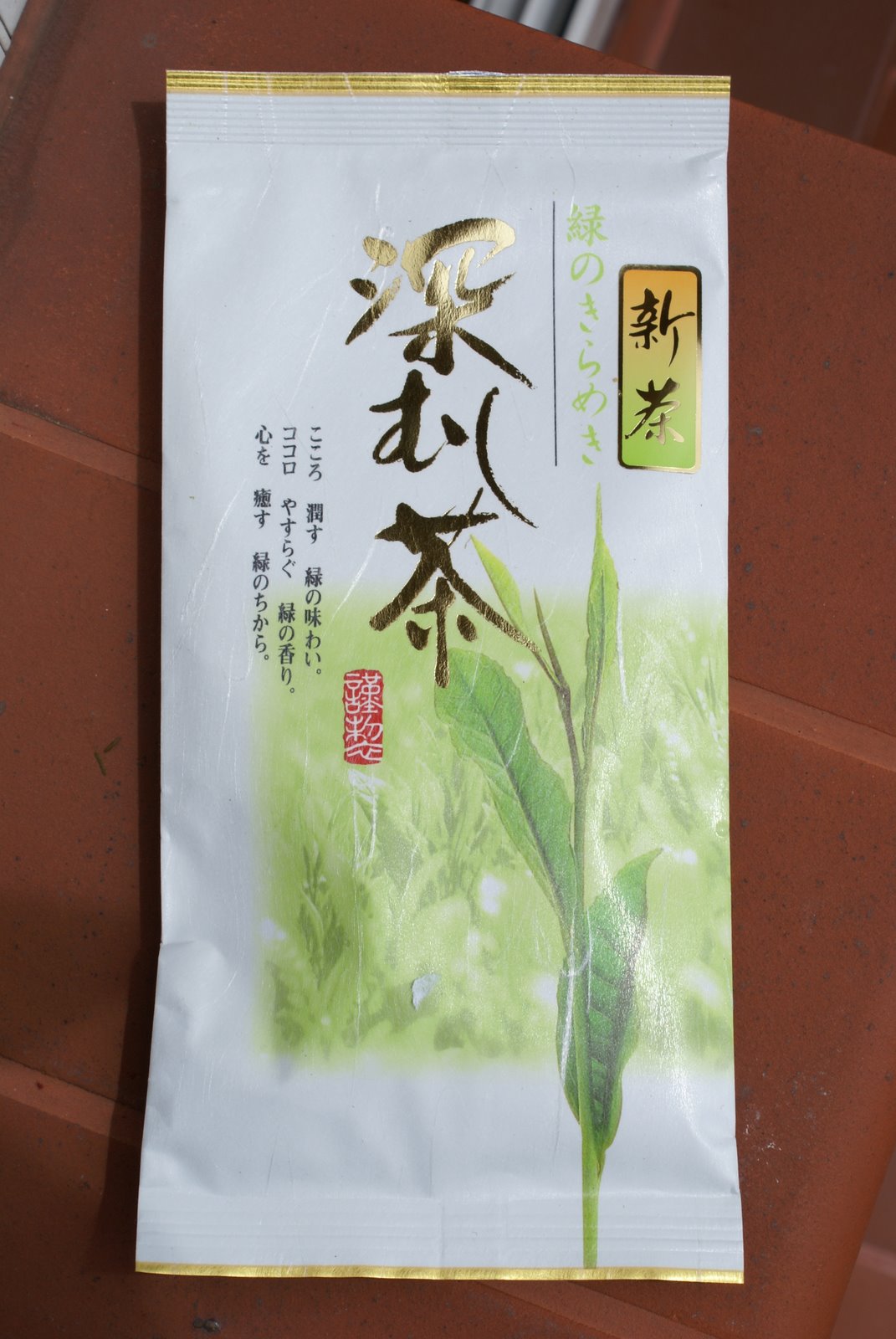
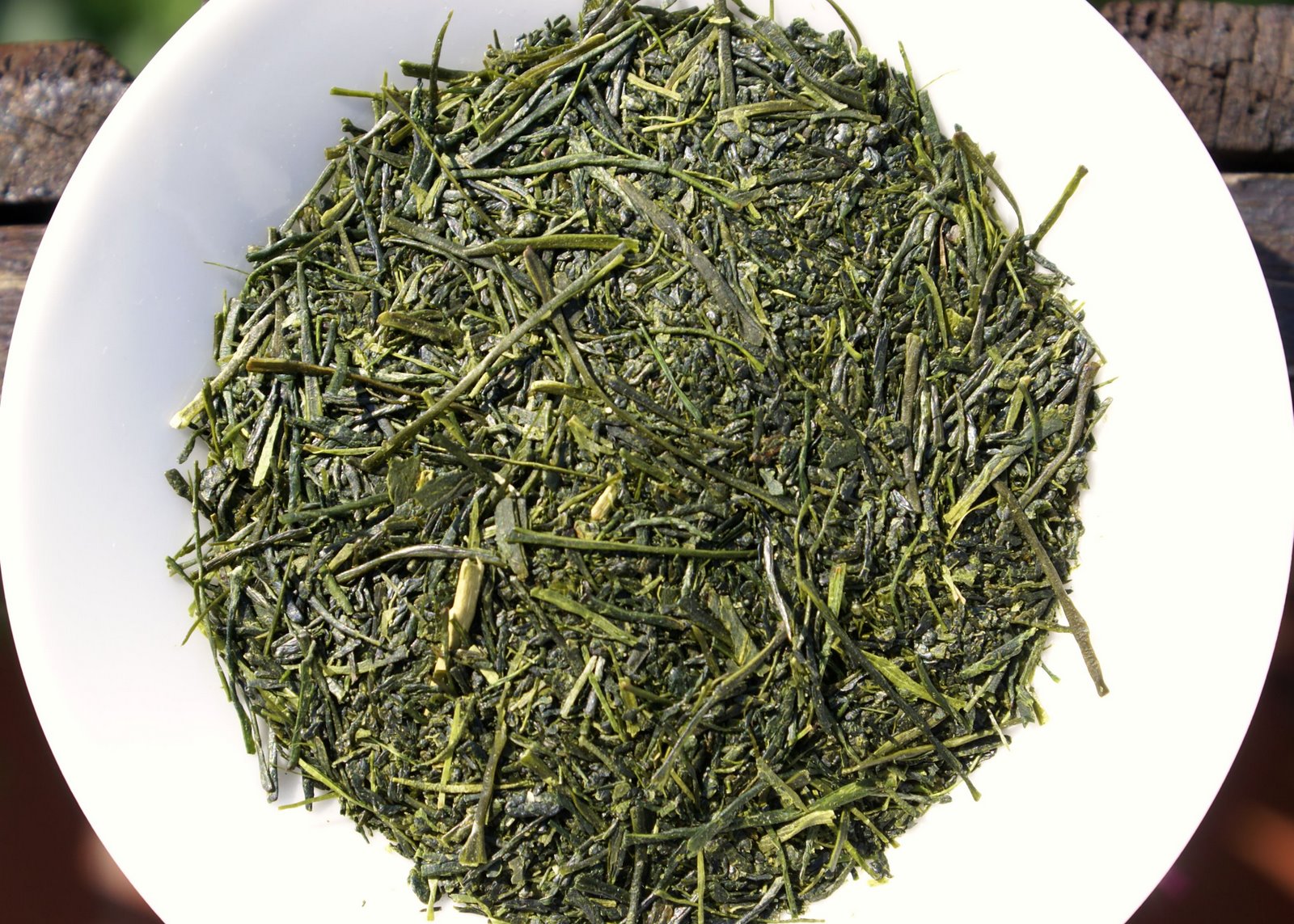
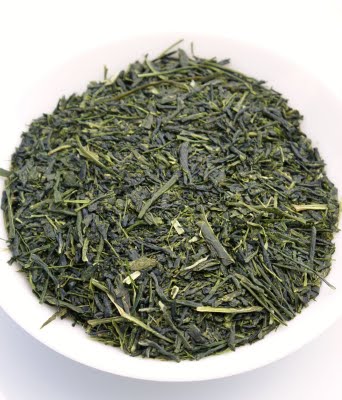
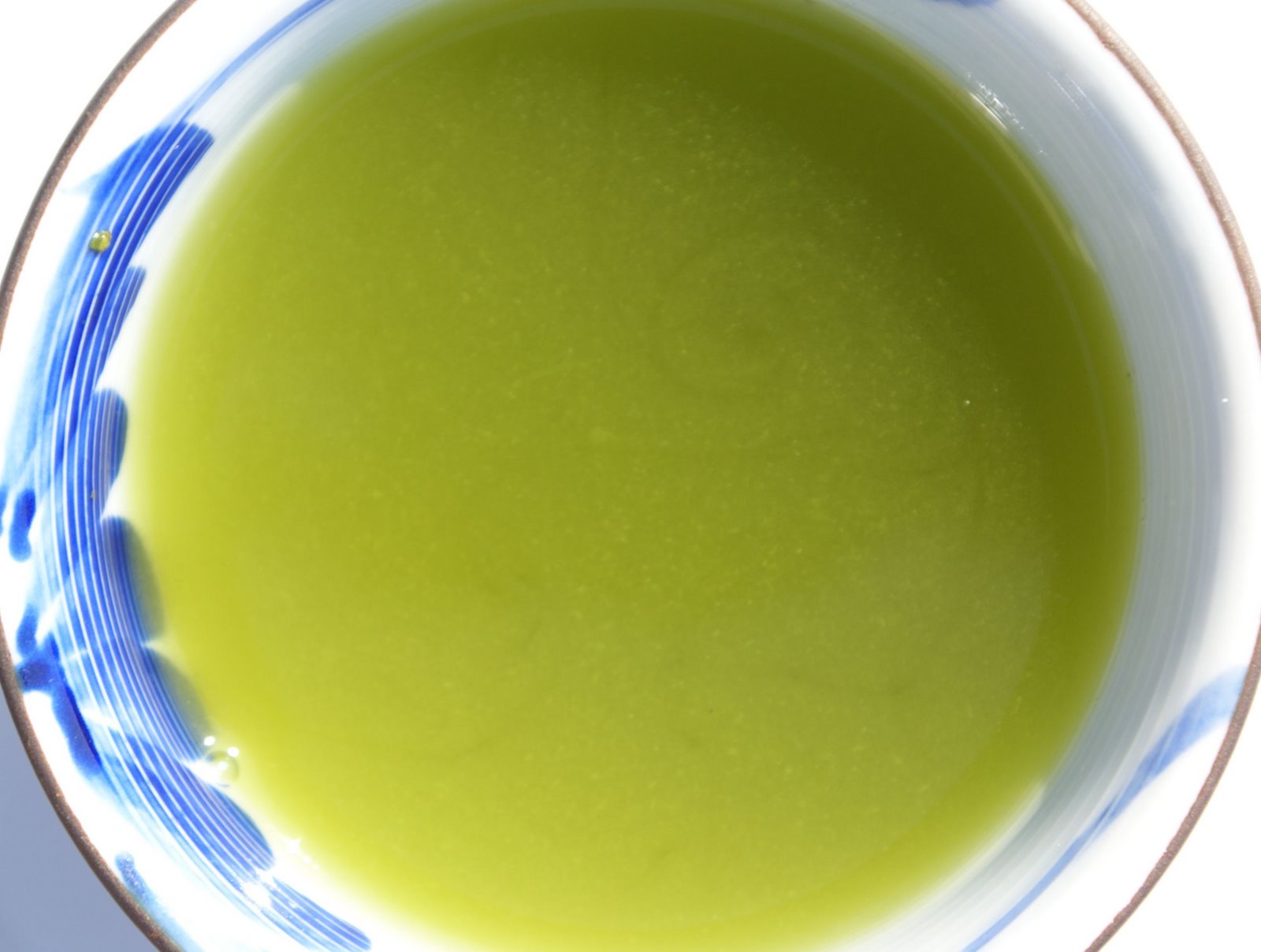
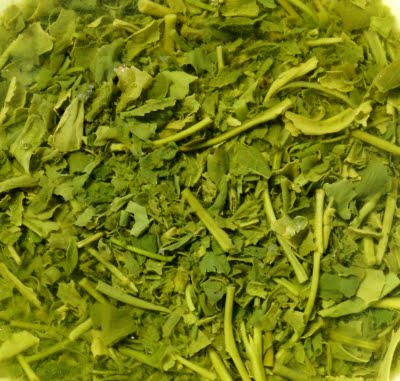 As an aside, it’s one of the most short-lived teas I’ve come across, in the sense of an obvious drop in quality and complexity within a few weeks from opening the (nitrogen-filled as per O-Cha declaration) pack. While my inaugural sessions revealed some limey and grassy tang on the finish and were fairly vivid, four weeks later I am left with a simpler, flatter profile. This is understandable, fukamushi being one of the most fragmented leaf teas out there, and with the higher surface of exposure to air it just loses freshness so much more quickly than whole-leaf stuff.
As an aside, it’s one of the most short-lived teas I’ve come across, in the sense of an obvious drop in quality and complexity within a few weeks from opening the (nitrogen-filled as per O-Cha declaration) pack. While my inaugural sessions revealed some limey and grassy tang on the finish and were fairly vivid, four weeks later I am left with a simpler, flatter profile. This is understandable, fukamushi being one of the most fragmented leaf teas out there, and with the higher surface of exposure to air it just loses freshness so much more quickly than whole-leaf stuff.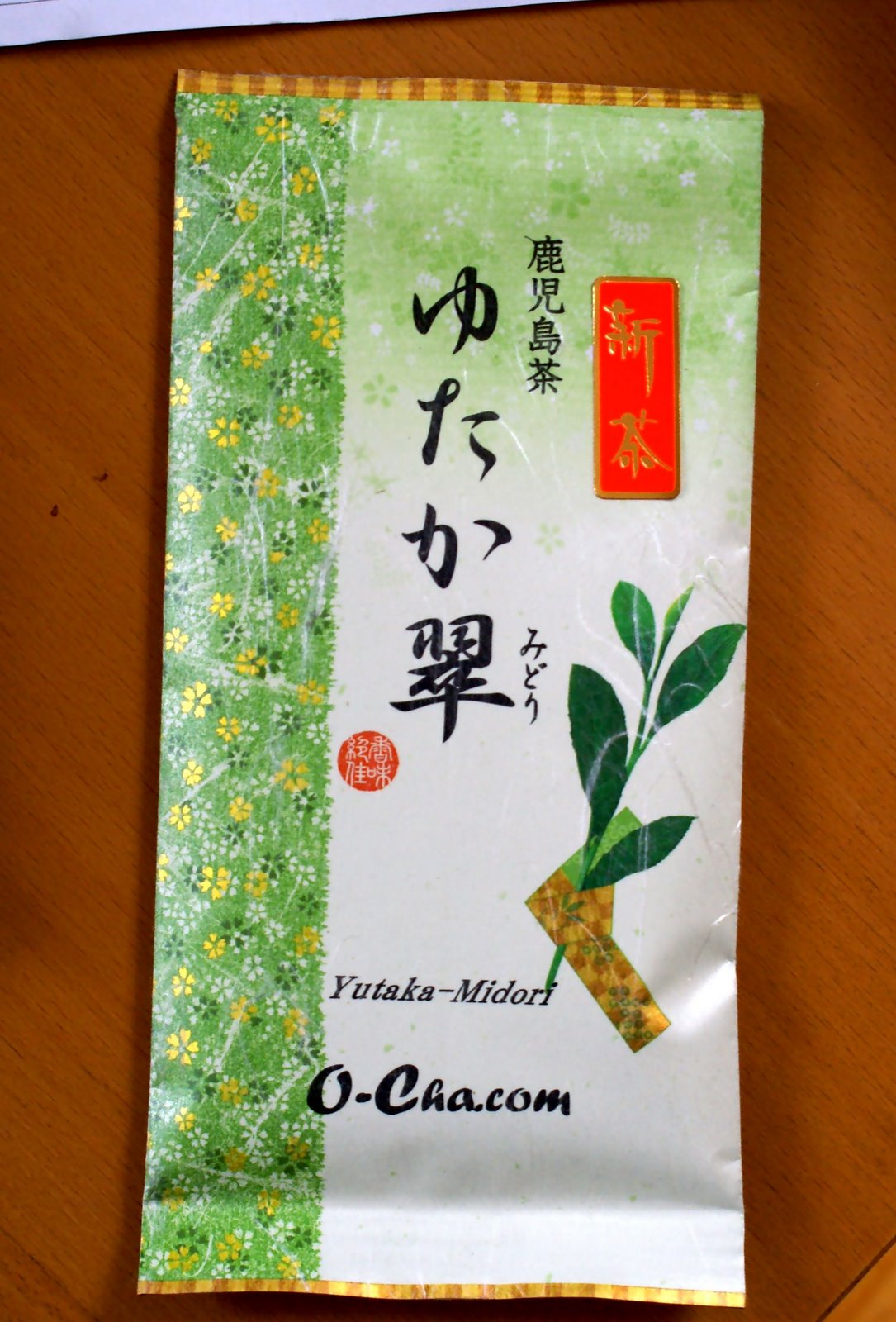
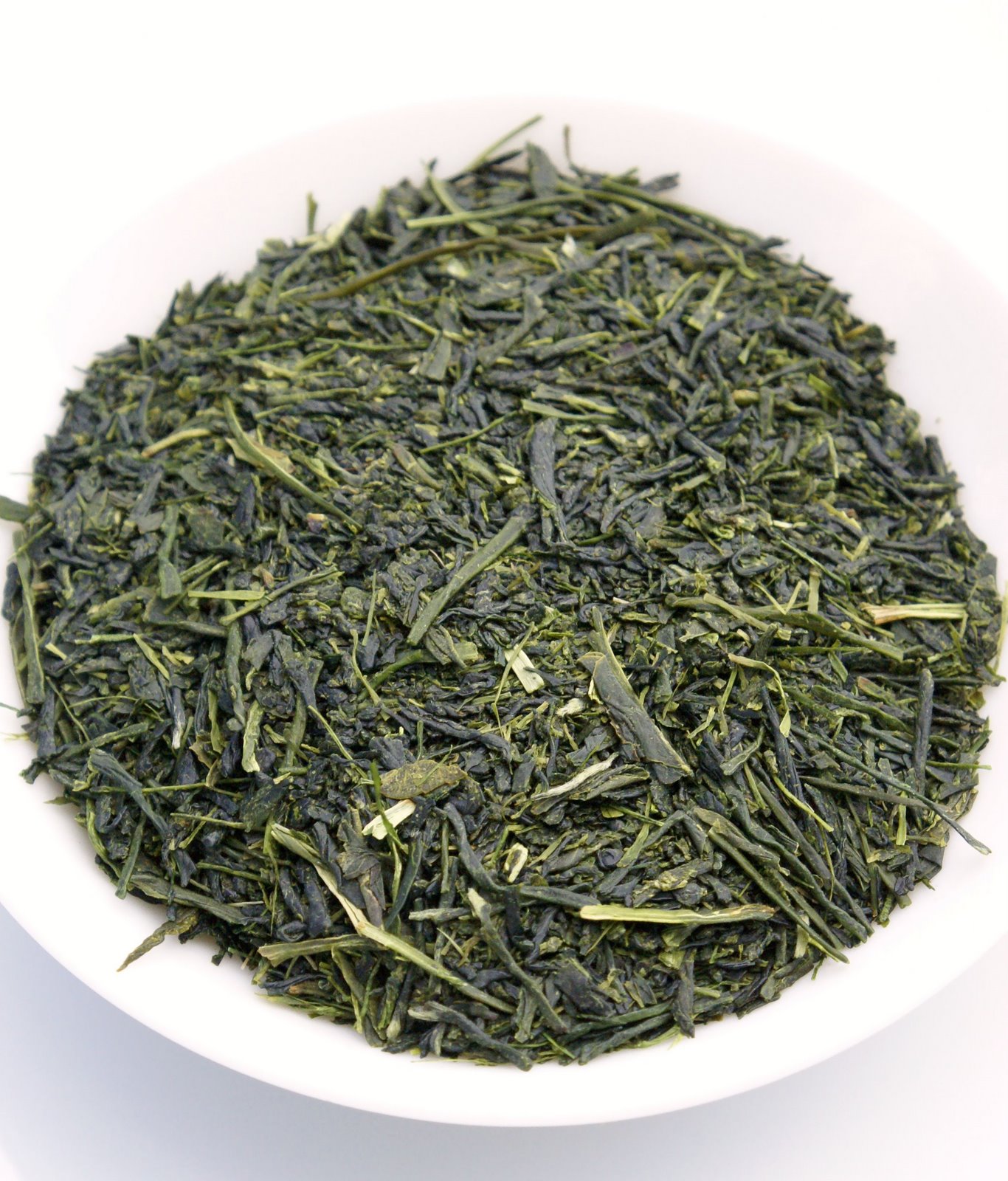
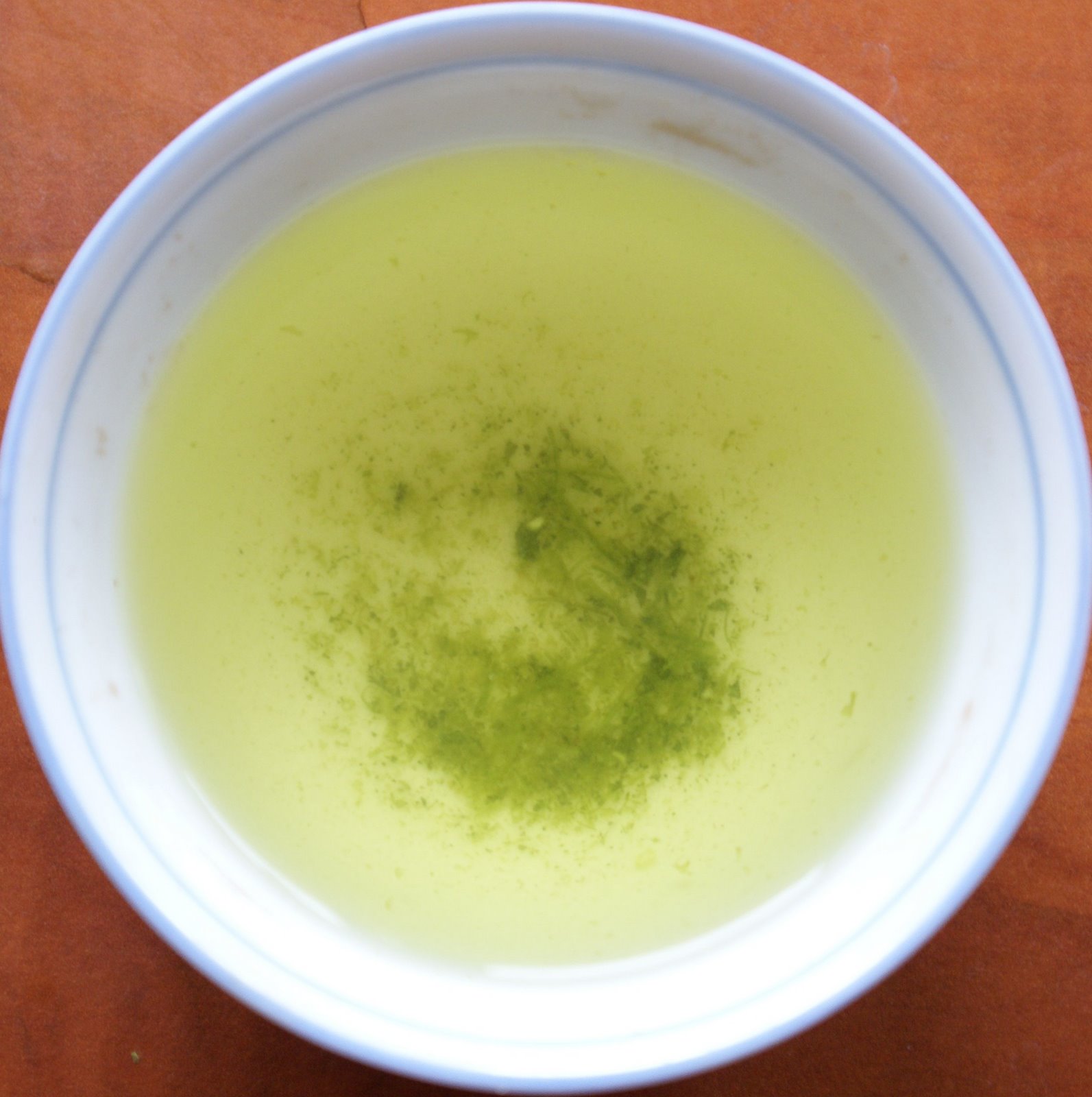
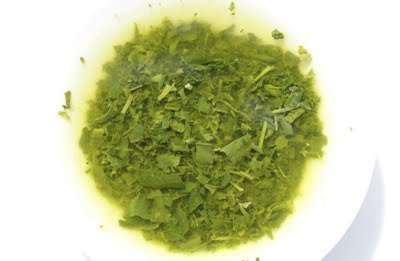
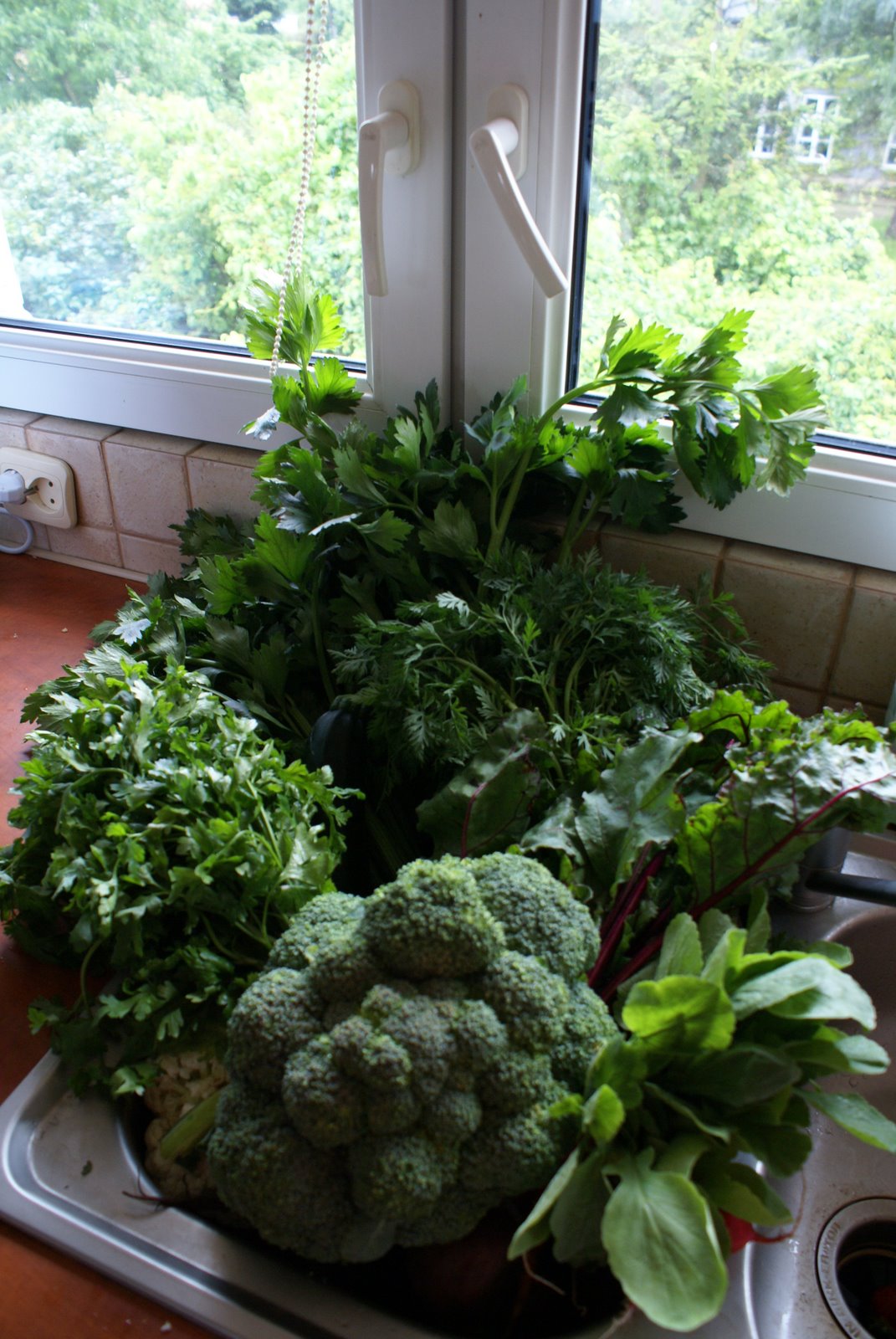
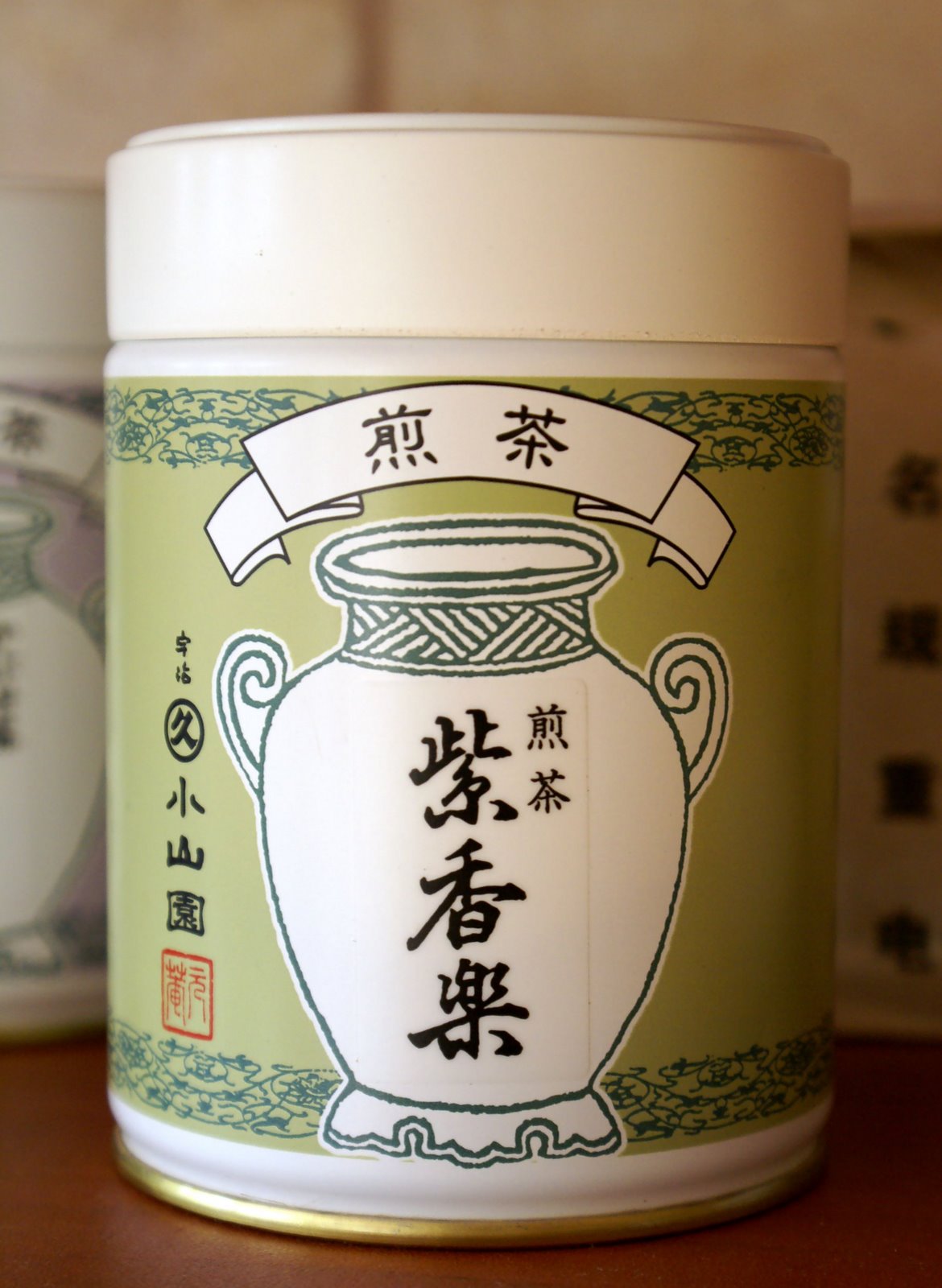 This 2009 Shigaraki Shincha is the second-cheapest from
This 2009 Shigaraki Shincha is the second-cheapest from 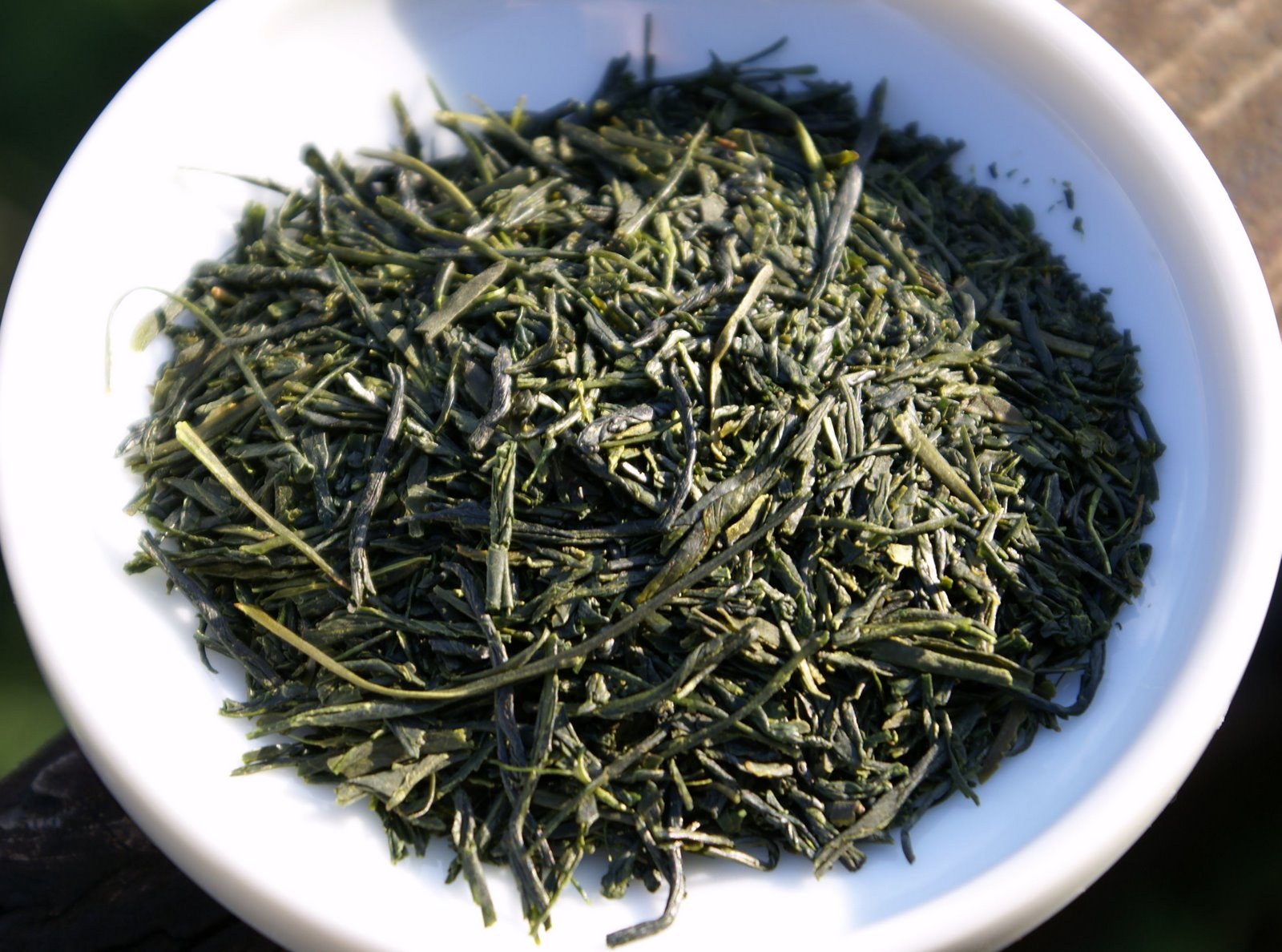
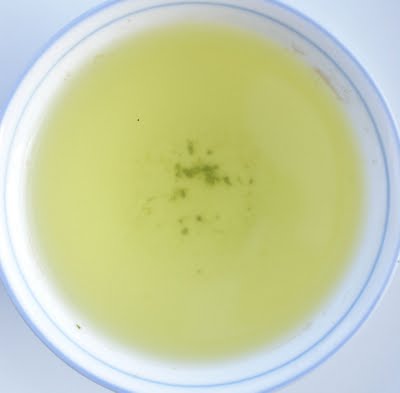
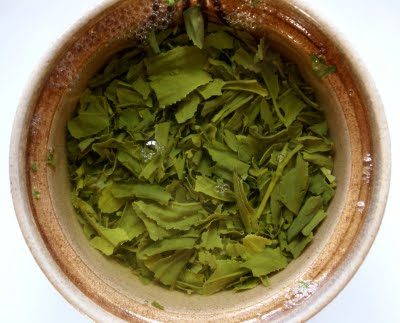 Shincha [first spring harvest of sencha] is often defined as bold and powerful, and tea vendors routinely warn you against overbrewing it. As with sencha, there’s a wide variety of styles and it all really depends on the region, tea cultivar, grade, processing technique etc. This tea is everything but ‘bold’, which is fine with me. For the price, it’s utterly good, and I highly recommend it.
Shincha [first spring harvest of sencha] is often defined as bold and powerful, and tea vendors routinely warn you against overbrewing it. As with sencha, there’s a wide variety of styles and it all really depends on the region, tea cultivar, grade, processing technique etc. This tea is everything but ‘bold’, which is fine with me. For the price, it’s utterly good, and I highly recommend it.